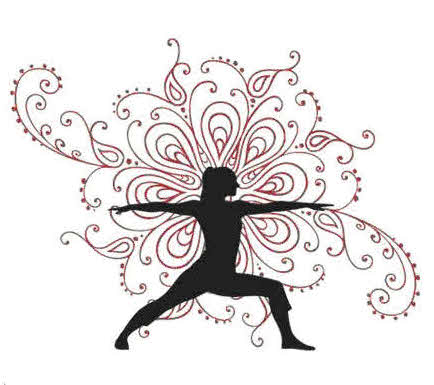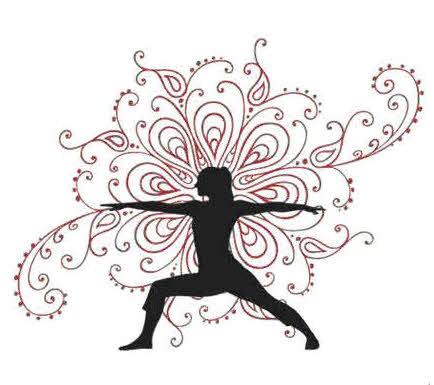
Setu Bandha
Setu bandha sarvangasana comes from the Sanskrit setu.. bridge... bandha .. a body lock... sarva... all anga...limb so this is a posture where all the limbs are involved in creating a bridge and the scope is there to practise a bandha with more advanced students.
There are different ways in which a student can go into Setu Bandha Sarvangasana. A student who is flexible and strong can go into this posture from a Shoulderstand ( Salamba Sarvangasana).
1. Entering Setu Bandha from a Shoulderstand.( Do not do use this method if you are a beginner or if you have osteoporosis or suffer from lower back pain)
Rest your palms on your back, bend your knees and allow the legs to return to the floor. Keep your legs together,
It is the elbows and the wrists which take the weight of the body in this posture. The shoulders are rolled back to open out the chest area and there should be no strain in the neck.

When you come out of the posture the spine can uncurl as it is returned to the floor. ( This is a no go area for somebody with lower back problems or osteoporosis. Never curl your spine, always keep it in neutral spine shape)
2. Entering Setu Bandha from the floor. (This is the method you need to use if you have lower back pain, osteoporosis or are just starting yoga)
Lie on the floor. Bend your knees and bring your feet as close as you can to your buttocks.
On an out breath, pull up the pelvic floor and pull in the tummy muscles, at the same time lift your back up as if your back was a plank of word to make the bridge shape.
It is really important if you have a lower back problem or osteoporosis that you keep your spine in neutral spine shape throughout the posture.
When you are working on strengthening the core muscles, the emphasis should be on keeping the pelvic area level.
It is the gluteus maximus that needs to be working hard in this posture and often the hamstrings will try and tdo the work of the gluteus maximus. Ask a friend to push against the outside of your knees gently and you will feel whether your hamstrings have been over-working. You can also get the same effect by placing a yoga block between your thighs and pressing against it.
In the Back Care section this posture will be discussed in more detail with small refinements that can be practised as the core muscles strengthen,

